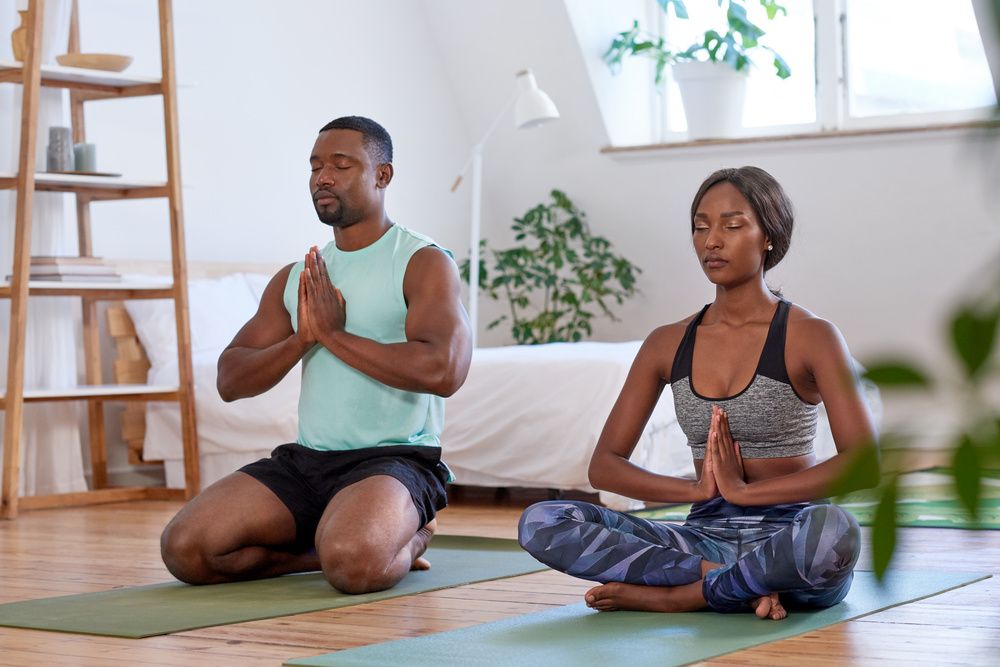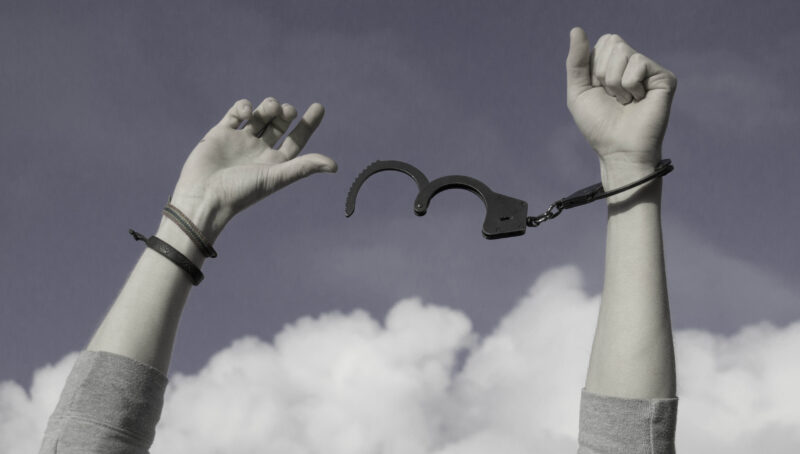Reentering society after incarceration is a profound transition, brimming with challenges and opportunities. For many recently released prisoners, the journey to reconnect with the outside world can be overwhelming, laden with anxieties and uncertainties.
Navigating this new chapter requires more than just practical skills; it calls for a soothing balm for the mind and spirit. Understanding how to relax effectively is essential.
This article delves into a variety of relaxation techniques, each designed to foster a sense of peace and resilience amidst the upheaval of reintegration. From mindfulness meditation that grounds one in the present moment to gentle physical exercises that release pent-up tension, these methods provide essential tools for building a balanced, fulfilling life beyond prison walls.
Whether you seek solitude in nature or find comfort in community, there’s a technique here for everyone. Embrace the journey of rediscovery, and let these practices guide you toward tranquility and healing.
Introduction: The Importance of Relaxation After Incarceration

The transition from incarceration to freedom can be both exhilarating and overwhelming, igniting a whirlwind of emotions that often vie for attention. After enduring the rigid confines of prison life, ex-prisoners find themselves navigating a landscape rife with challenges—be it the struggle to reintegrate into society, reconnect with family, or secure stable employment.
In this tumultuous period, the importance of relaxation cannot be overstated; it serves as a vital tool for healing and reorientation. Whether it’s through mindful meditation, yoga, or simply taking long walks in nature, engaging in relaxation techniques provides an essential respite. These moments of calm not only alleviate stress but also cultivate a renewed sense of identity and purpose.
As they embark on this new chapter, embracing relaxation fosters resilience, enabling individuals to face their new realities with a refreshed mindset and a hopeful heart.
Mindfulness and Meditation: Cultivating Inner Peace

Mindfulness and meditation serve as powerful tools for cultivating inner peace, especially for those navigating the tumultuous transition after incarceration. Imagine sitting quietly for just a few minutes each day—allowing the chaos of thoughts to settle like dust in the air.
Through techniques like focused breathing and guided visualization, individuals can tap into a reservoir of calm that resides within. This practice not only helps alleviate anxiety but also fosters resilience, enabling recently released prisoners to reconnect with their true selves.
As they learn to navigate the waves of emotion and sensation, a beautiful clarity begins to emerge. Over time, the simple act of being present transforms into a sanctuary—a lifeline to cope with daily stressors, offering moments of serenity amidst lifes challenges.
Embracing mindfulness is more than just a practice; it is a journey toward liberation from the minds shackles.
Deep Breathing Exercises: A Simple Path to Calmness

Deep breathing exercises serve as a powerful yet accessible tool for fostering tranquility, especially for those who have recently navigated the tumultuous journey of reintegration after imprisonment. By simply taking a moment to inhale deeply through the nose, allowing the lungs to expand fully, and then exhaling slowly through the mouth, individuals can root themselves in the present, easing the weight of anxiety and stress. This ancient practice invites a sense of calm that transcends the chaos of daily life.
It can be done anywhere—whether in the quiet of a park, within the confines of a room, or amidst the noise of a bustling street. With each breath, the mind quiets, allowing space for clarity and relief.
Regularly engaging in this practice not only enhances emotional well-being but also instills a sense of empowerment, reminding individuals that, even in the face of challenges, they possess the ability to cultivate their own serenity.
Conclusion
In conclusion, the transition to life after incarceration can be challenging, but incorporating effective relaxation techniques can significantly ease this process. For individuals like John, a recently released Black man who faced the daunting task of reintegrating into society, finding ways to manage stress and anxiety is crucial. Whether through mindful meditation, engaging in physical activities, or cultivating supportive social networks, these techniques can foster resilience and well-being.
As we continue to support former prisoners in their journey, embracing these practices can pave the way for a smoother adjustment and a brighter future. By prioritizing mental health and relaxation, we can contribute to their success and empowerment in a society that often overlooks their potential.


